Every year, at the peak of the harvest season, the suburbs of Hanoi and the Northern Delta are shrouded in thick white smoke, obstructing visibility and causing difficulty breathing. This smoke does not come from factories or vehicles, but from the burning of straw after harvest. Although the law prohibits it and warns of increased air pollution, the situation persists, becoming a major “environmental pressure”.
Long-standing customs and "public law is inferior to private law"
According to the Department of Crop Production and Plant Protection ( Ministry of Agriculture and Environment ), about 70% of agricultural by-products nationwide are still burned; in Hanoi alone, the rate of burning winter-spring straw is about 20%. Although the 2020 Law on Environmental Protection strictly prohibits this practice and Decree 45/2022/ND-CP stipulates a fine of up to VND3 million, the deterrent effect is still limited.


The old practice of farmers after each harvest (Photo: Health and Life Newspaper)
In fact, straw burning in rural areas of Vietnam often takes place in the evening, in fields far from residential areas, with a small monitoring force, making it difficult to detect and handle thoroughly. Although the 2020 Law on Environmental Protection and related Decrees have stipulated sanctions for straw burning, inspection, supervision and enforcement in practice are still limited. Many localities face difficulties in human resources, coordination mechanisms and resources to handle violations, leading to a situation where straw burning has not been thoroughly controlled.
Specifically, the Hanoi People's Committee issued Directive 15/CT-UBND 2020 on the management of straw and crop by-product burning activities, clearly stating: Currently, the burning of straw, crop by-products, etc. is common in localities. However, management and supervision work in many localities still has many limitations, causing straw burning to increase in Hanoi (2022), Nghe An (2025), Ninh Binh, Thai Binh (2024), etc.

The phenomenon of farmers burning straw after each harvest affects air quality.
In reality, many communes lack specialized staff, so many cases of environmental violations are "mediated". In addition, many communes are "afraid of conflict" when dealing with violators who are long-standing residents, have close relationships or make large economic contributions to the locality. The situation of "respect and avoidance" causes violations to be "ignored" instead of being handled according to regulations, leading to the phenomenon of lawlessness and repeated violations.

Mr. Pham Van Son, General Secretary of the Vietnam Association for Conservation of Nature and Environment - Director of the Vietnam Environmental Incident Response Center
Mr. Pham Van Son, General Secretary of the Vietnam Association for Conservation of Nature and Environment - Director of the Vietnam Center for Environmental Incident Response, commented: “In fact, it is not because we lack regulations or sanctions, but the problem lies in the implementation stage. In many localities, it is because “public law is inferior to private affairs”, so the implementation of sanctions has encountered many barriers. When there are only documents but there is a lack of close supervision and a parallel support mechanism, it is very difficult to change a long-standing custom...”
Economic problem: "Fast - cheap - convenient"?
As can be seen, Farmers have chosen the “solution” of burning straw not only because of habit, but also because of economic reasons: fast, neat, and cost-free. Meanwhile, alternative methods such as using microbial products, composting organic fertilizers, or producing biomass pellets require equipment, time, and technical knowledge, which are considered factors that farmers find difficult to access.
The straw consumption market is not stable, the purchase price is low, not enough to compensate for the cost of collection and transportation, forcing them to choose the easiest solution to keep up with the season. The benefits of biological treatment such as soil improvement, increased rice yield, etc. are only shown after a few seasons, while burning straw gives the immediate effect of "cleaning the field immediately".
And although there is a clear legal framework, implementation at the grassroots level is still difficult due to long-standing farming habits, as well as a lack of information on effective straw utilization models. The problem is not waiting for support, but that people do not see the immediate and long-term economic benefits of the conversion. When connected with purchasing units, instructions on composting or reusing straw, many localities show a sharp decrease in burning behavior.
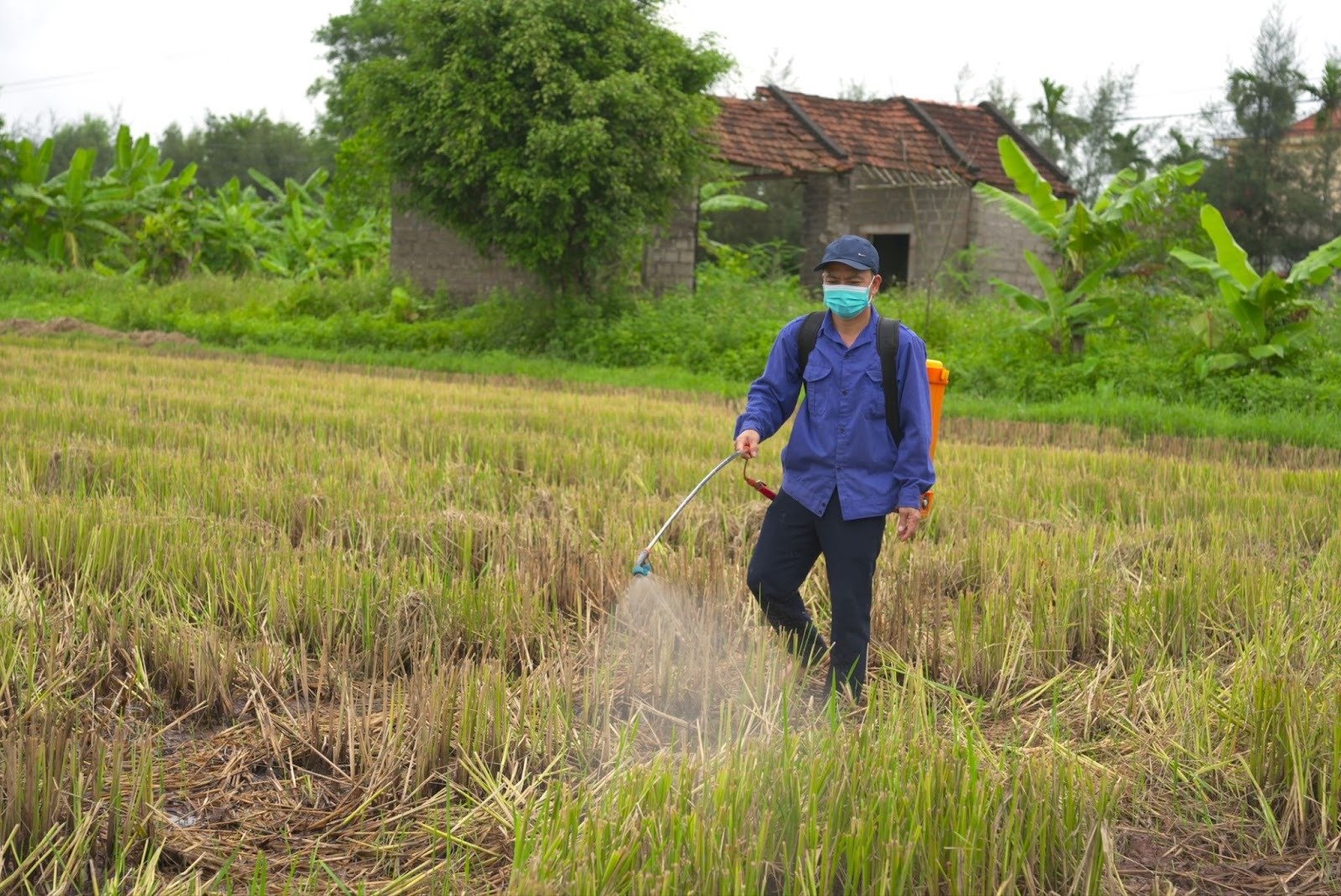
GAHP project supports farmers to use microbial products to treat straw
Meanwhile, if properly treated, straw can become an economic resource. In the 2024 project "Reducing open burning and the use of plant protection chemicals" of the Global Alliance on Health and Pollution (GAHP), funded by the UK Government through the Department for Environment, Food and Rural Affairs (Defra), in coordination with the Vietnam Association for Conservation of Nature and Environment (VACNE) in 2023-2024, many pilot models in An Giang, Ninh Binh, and Dong Nai have shown that when using microbial products to treat straw right in the fields, emissions are significantly reduced, soil is improved, production costs are reduced, and productivity is increased. Estimates from the pilot model show that each hectare of rice can bring in an additional several million to tens of millions of VND if straw is properly utilized.
At the same time, instead of focusing on subsidies or machine support, it is important to help people see the direct economic benefits from utilizing straw, through the mechanism: Selling to purchasing units, using as organic fertilizer, biomass pellets or mushroom growing materials. When the output is clearly connected, straw can become a resource. The core is to provide information and practical models so that people can confidently convert; avoid creating a mentality of dependence on support. When seeing the effectiveness, the community will proactively follow without waiting...
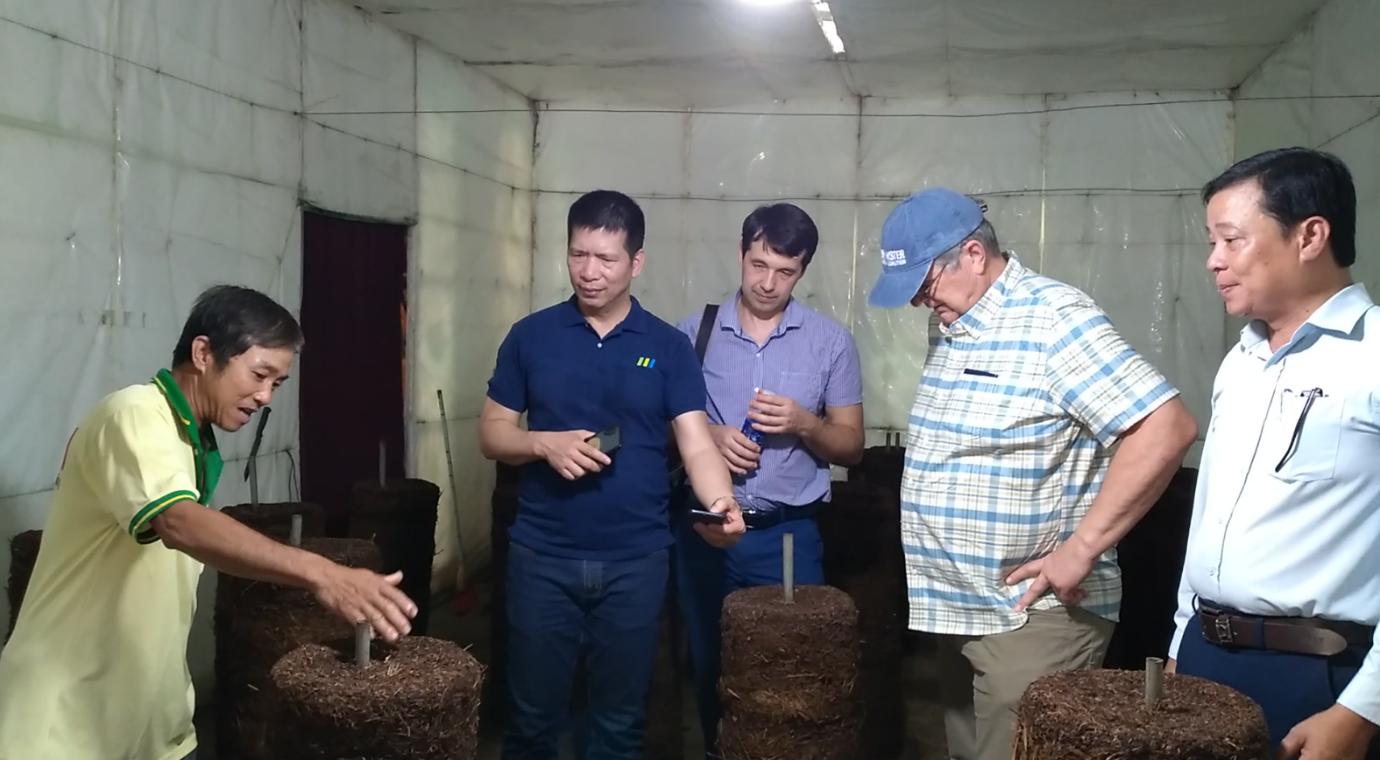
Experts in the GAHP - VACNE Project support farmers to use straw to grow mushrooms instead of burning it (Photo: SOS)
Mr. Pham Van Son also said that if only sanctions are applied without suitable alternatives, farmers will find it difficult to change. Therefore, it is necessary to create real benefits for them to see that: Not burning and treating straw with microorganisms can bring about favorable farming conditions and increase income. When a model is successful, the spillover effect will lead to many other localities following, creating new habits.
From “worthless” to “resource”
Straw was once considered worthless, an agricultural waste,... however, currently, in the context of climate change and the transition to "green" agriculture, these by-products (including straw, corn residue, potatoes,...) are becoming a valuable resource. Instead of being burned, straw can become a raw material for production to create sustainable agricultural value such as biofuel, biomass pellets, mushroom cultivation from straw...

Farmers are harvesting straw to turn agricultural by-products into “resources”
Thus, to be able to turn agricultural by-products considered “worthless” into “resources”, it requires the synchronous participation of State management agencies, local authorities, businesses and people. Only when policies go hand in hand with practice, laws are strictly enforced, and farmers know how to take advantage of agricultural by-products in a specific way, can the practice of burning straw be stopped.
And sustainable transformation does not start from waiting, but from proactive actions of each link: Farmers collect and sell straw; purchasing and processing enterprises create new products; local authorities play the role of connecting supply and demand. When existing economic benefits and by-product markets are opened, old behaviors will change by themselves, turning straw into the value of a green, circular and low-emission agriculture.
PV



![[Photo] President Luong Cuong receives President of the Senate of the Czech Republic Milos Vystrcil](/_next/image?url=https%3A%2F%2Fvphoto.vietnam.vn%2Fthumb%2F1200x675%2Fvietnam%2Fresource%2FIMAGE%2F2025%2F11%2F20%2F1763629737266_ndo_br_1-jpg.webp&w=3840&q=75)

![[Photo] Lam Dong: Panoramic view of Lien Khuong waterfall rolling like never before](/_next/image?url=https%3A%2F%2Fvphoto.vietnam.vn%2Fthumb%2F1200x675%2Fvietnam%2Fresource%2FIMAGE%2F2025%2F11%2F20%2F1763633331783_lk7-jpg.webp&w=3840&q=75)
![[Photo] National Assembly Chairman Tran Thanh Man holds talks with South Korean National Assembly Chairman Woo Won Shik](/_next/image?url=https%3A%2F%2Fvphoto.vietnam.vn%2Fthumb%2F1200x675%2Fvietnam%2Fresource%2FIMAGE%2F2025%2F11%2F20%2F1763629724919_hq-5175-jpg.webp&w=3840&q=75)



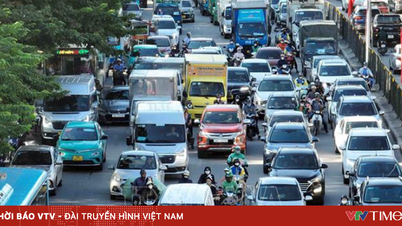




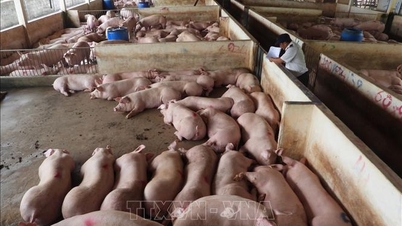

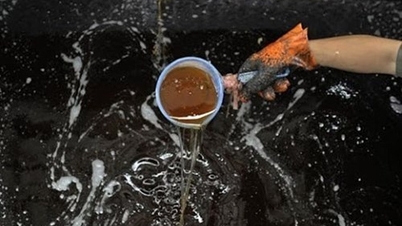

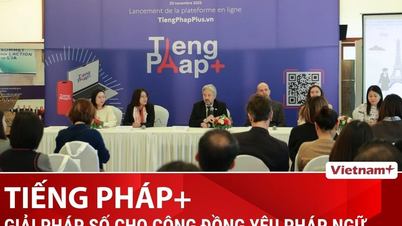









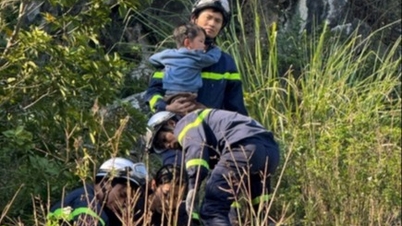








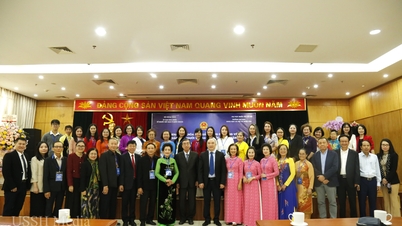
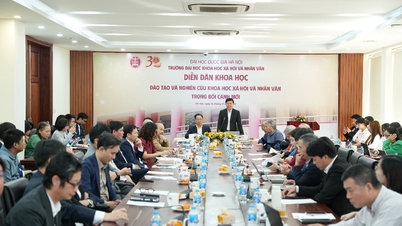




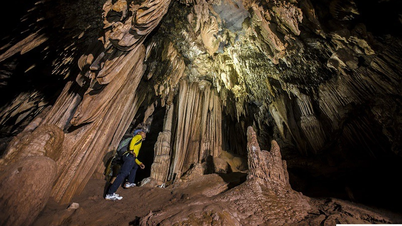

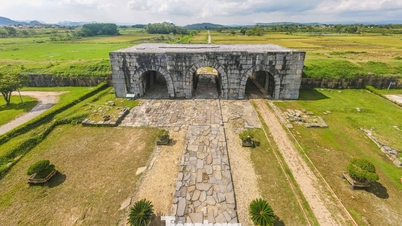

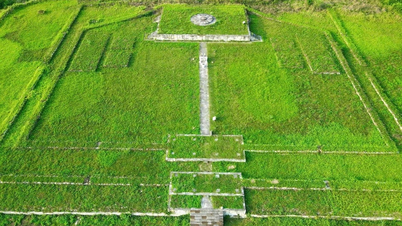







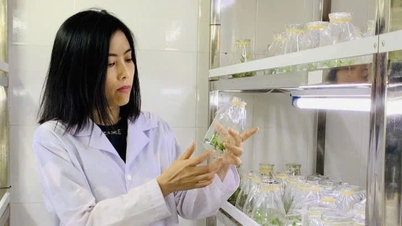

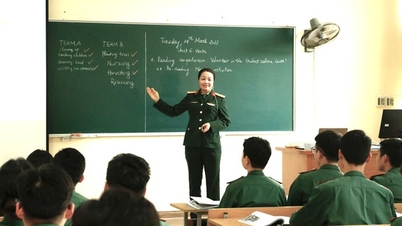

















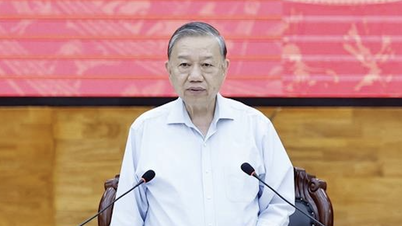

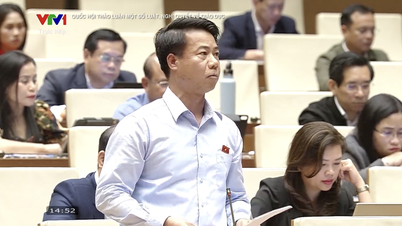



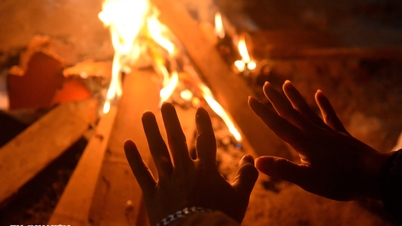
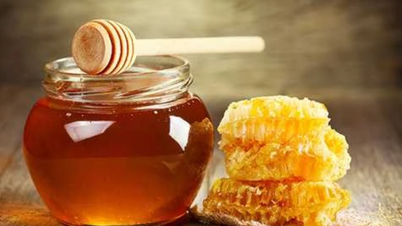

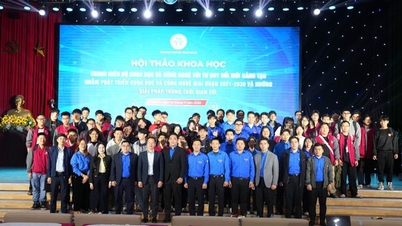

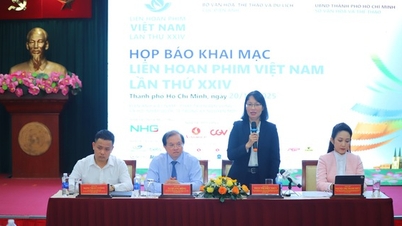


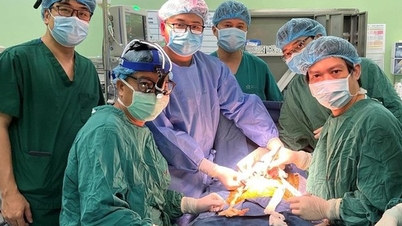


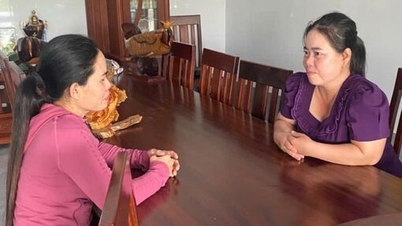
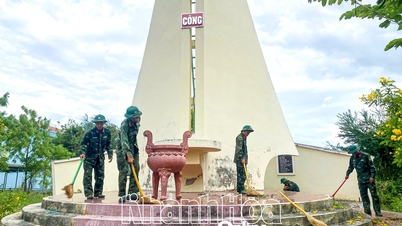

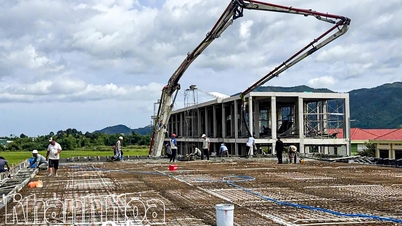
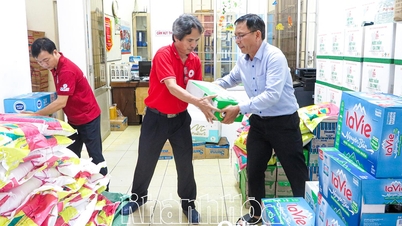



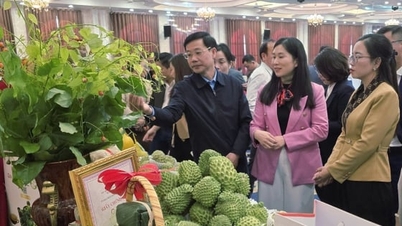











Comment (0)